Torch lighter sputtering
情熱的な葉巻愛好家として, I can tell you that nothing kills the mood quite like a sputtering torch lighter. That sickening noise, coupled with an unreliable flame, can leave you feeling frustrated and yearning for a smoother lighting experience. この記事で, I’ll dive deep into the common causes of torch lighter sputtering and provide you with actionable advice to keep your lighter functioning at its best.
Torch Lighter Sputtering: 一般的な原因
Understanding why your torch lighter sputters is key to maintaining its functionality. 長年にわたって, I’ve encountered numerous problems, some of which are easily resolved if you know what to look for.
燃料品質の問題
The quality of fuel in your lighter plays a pivotal role in its performance. I’ve learned that not all butane is created equal—using subpar fuel can lead to inconsistent burning and sputtering.
高品質のブタンを使用してください
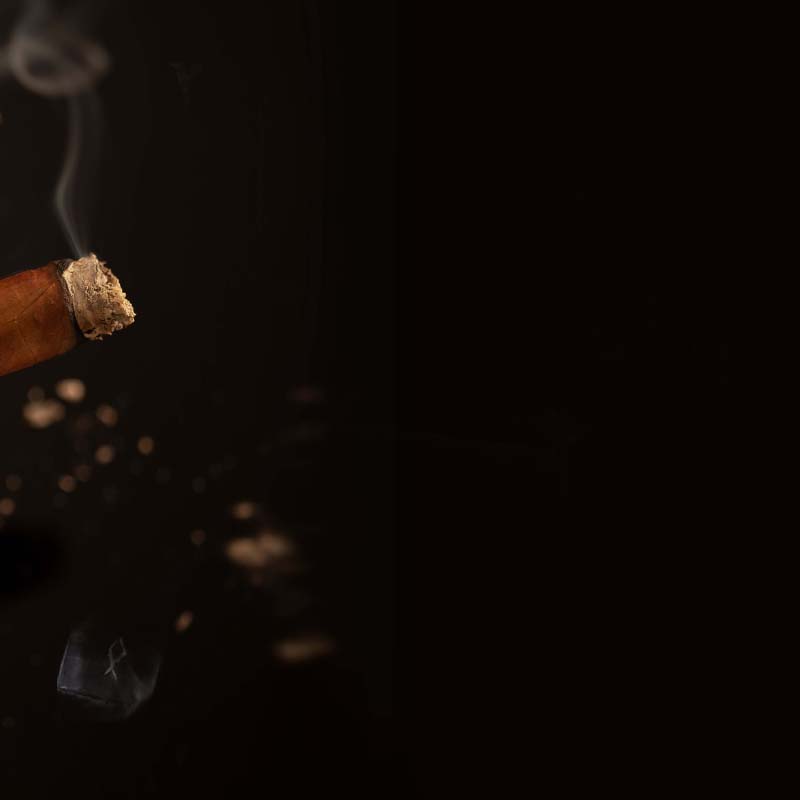
Investing in premium butane can dramatically change your lighter’s performance.
Importance of Pure Butane
I’ve found that pure butane is less likely to clog jets or cause incomplete combustion. Brands like Xikar or Vector are my go-tos because their butane is refined to eliminate impurities, ensuring a clean burn every time.
炎を確認してください

The type and size of the flame can significantly affect your lighter’s functioning.
Understanding Flame Types
私の経験で, adjusting the flame height can either fix or exacerbate sputtering issues. Different occasions, like indoor and outdoor gatherings, may call for different flame settings, so being adaptable is essential.
フリントを確認してください

A dull flint can become another culprit in the sputtering saga.
Signs of Worn Flint
- Difficulty igniting the lighter
- Irregular sparks
- Frequent sputtering upon ignition
When I notice any of these signs, I know it’s time to replace the flint to ensure a consistently reliable flame.
シューという音を確認してください
Sounds can be quite telling when it comes to lighter issues.
Interpreting Unusual Sounds
A hissing sound usually indicates a serious issue, possibly a fuel leak. It’s crucial to act fast if you hear this. I often check the fuel tank for any cracks or damaged seals to prevent potential hazards.
補充する前にタンクを出血させます

Refueling without proper preparation can lead to serious sputtering.
Steps for Proper Bleeding
- ライターを逆さまにします.
- Firmly press the refill nozzle against the fuel inlet.
- Allow excess gas to escape until you hear a hissing sound.
This method has worked wonders in my experience, ensuring I have a clean slate before I refill.
補充後、ライターがウォームアップするのを待ちます
Immediately using a newly refilled lighter can lead to sputtering.
Why Allow Time Before Use
Taking a moment for your lighter to stabilize can result in a smoother experience. I find that waiting a few minutes allows the butane to reach optimal performance temperature.
ジェットをきれいにします
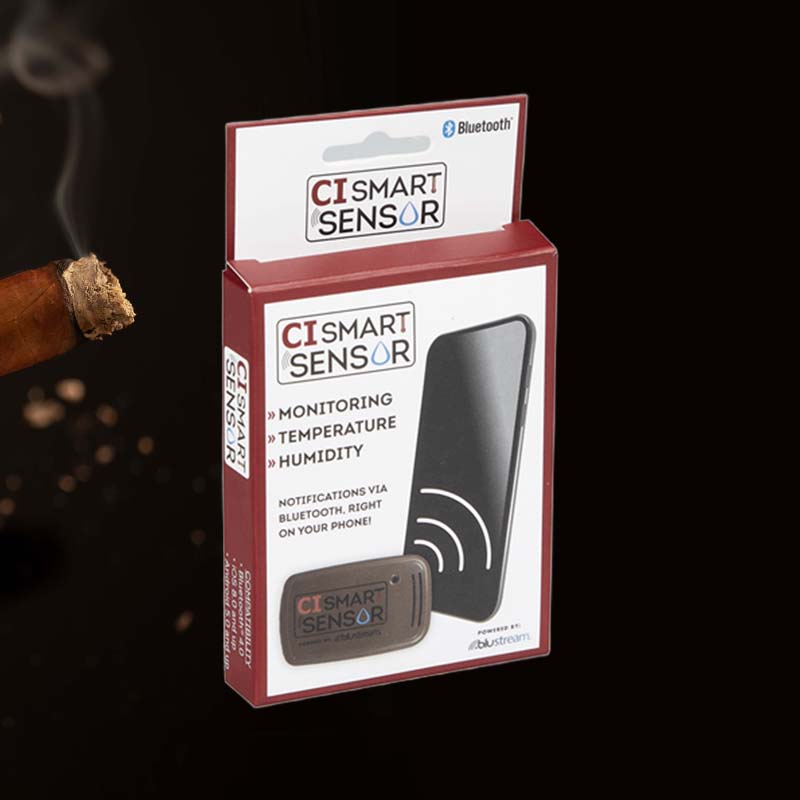
Dirty jets are one of the most common causes of sputtering.
Tools for Jet Cleaning
- Compressed air cans
- Small brushes
- Soft cloths
Regular cleaning has been a game-changer for me; it ensures that the fuel can flow freely, enhancing performance.
Adjust Flame Height
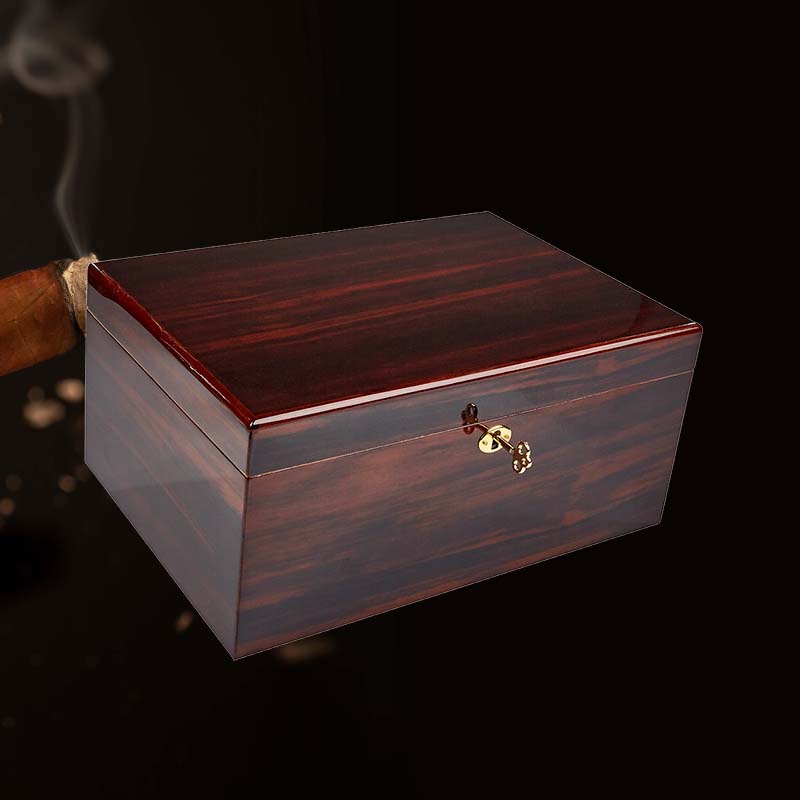
Flame height plays a key role in how consistently your lighter performs.
Tuning the Flame to Prevent Sputtering
Lowering or raising the flame can prevent sputtering. Depending on whether I’m in a windy environment or at sea level, I find that adjusting my lighter ensures optimal functioning.
Fuel Up Properly
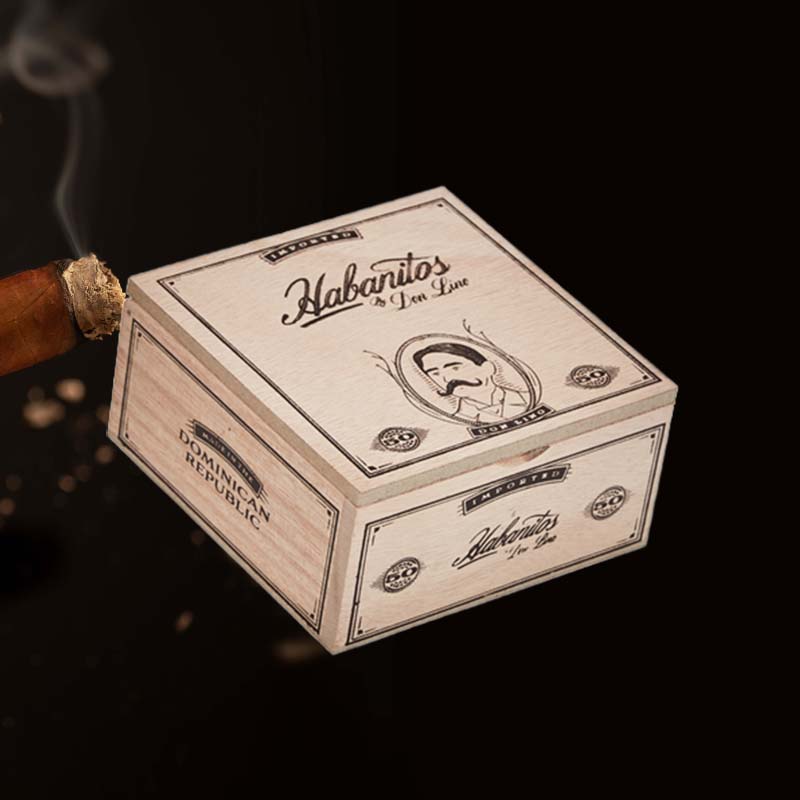
Not all refueling methods are created equal.
Best Practices for Refueling
- Use the correct nozzle size.
- Ensure the nozzle is clean.
- Slowly press down during filling to avoid overflow.
Following these best practices minimizes the chances of sputtering and gives me a smoother lighting experience.
Regular Maintenance and Cleaning
Longevity and functionality depend on how well you maintain your lighter.
How to Maintain Your Lighter
In my routine, I always make sure to regularly check for wear, perform necessary cleanings, and replace any faulty components. This commitment to upkeep pays dividends when I reach for my lighter!
Adjusting for Altitude Changes

Elevation can dramatically affect flame performance.
Effects of Elevation on Flame Performance
When I travel to higher altitudes, I notice my lighter sputters more often. Adjusting the flame height before use has become second nature to me in those situations.
Understand Common Troubleshooting Tips
時々, quick fixes can resolve sputtering issues immediately.
Quick Fixes for Sputtering Issues
- Refill with high-quality butane.
- Bleed the lighter before refueling.
- Check and replace the flint.
Applying these simple troubleshooting steps has saved me from losing precious cigar time!
ライターを交換するタイミング

Like any device, sometimes it’s just time to let go.
Identifying Signs of Irreparable Damage
Cracks in the casing or a persistent failure to ignite despite multiple attempts are indicators for me that it’s time to invest in a new lighter. I’ve learned to accept that they don’t last forever, and that’s okay.
結論: Keep Your Lighter in Top Shape
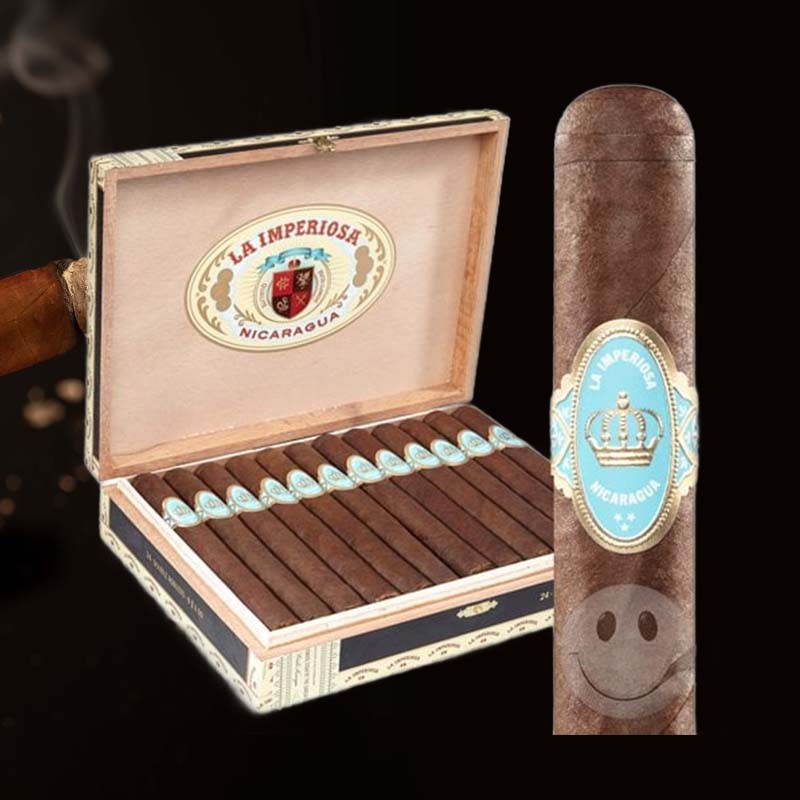
要約する, paying attention to quality fuel, proper maintenance, and the right usage techniques can keep your lighter functioning optimally. By following these tips, I assure you that your lighter will serve you well during all your cigar moments.
Recap of Maintenance Tips
Regularly clean the jets, use high-quality butane, check the flame and flint, and don’t hesitate to replace your lighter when necessary.
よくある質問
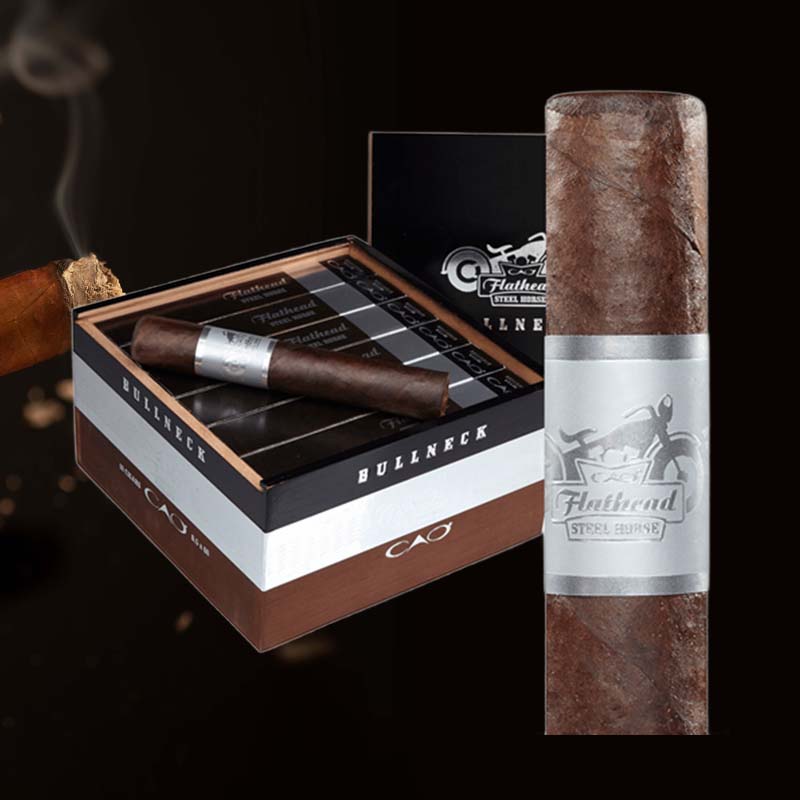
What causes a sputtering or hissing sound at the torch?
A sputtering or hissing sound typically indicates a mixture of air and fuel not igniting correctly, often due to low-quality fuel or a need for maintenance.
How do you burp a torch lighter?
トーチを軽くげっぷする, 逆さまにします, press the refill valve to release any remaining gas, then refill it after a short wait.
Why does my torch spit flames?
Spitting flames usually result from issues like a clogged jet or an improperly filled tank that causes uneven fuel flow.
Why is my lighter spitting?
Your lighter may be spitting due to low-quality fuel, dirty jets, or issues with the flint, causing inconsistent ignition and combustion.





